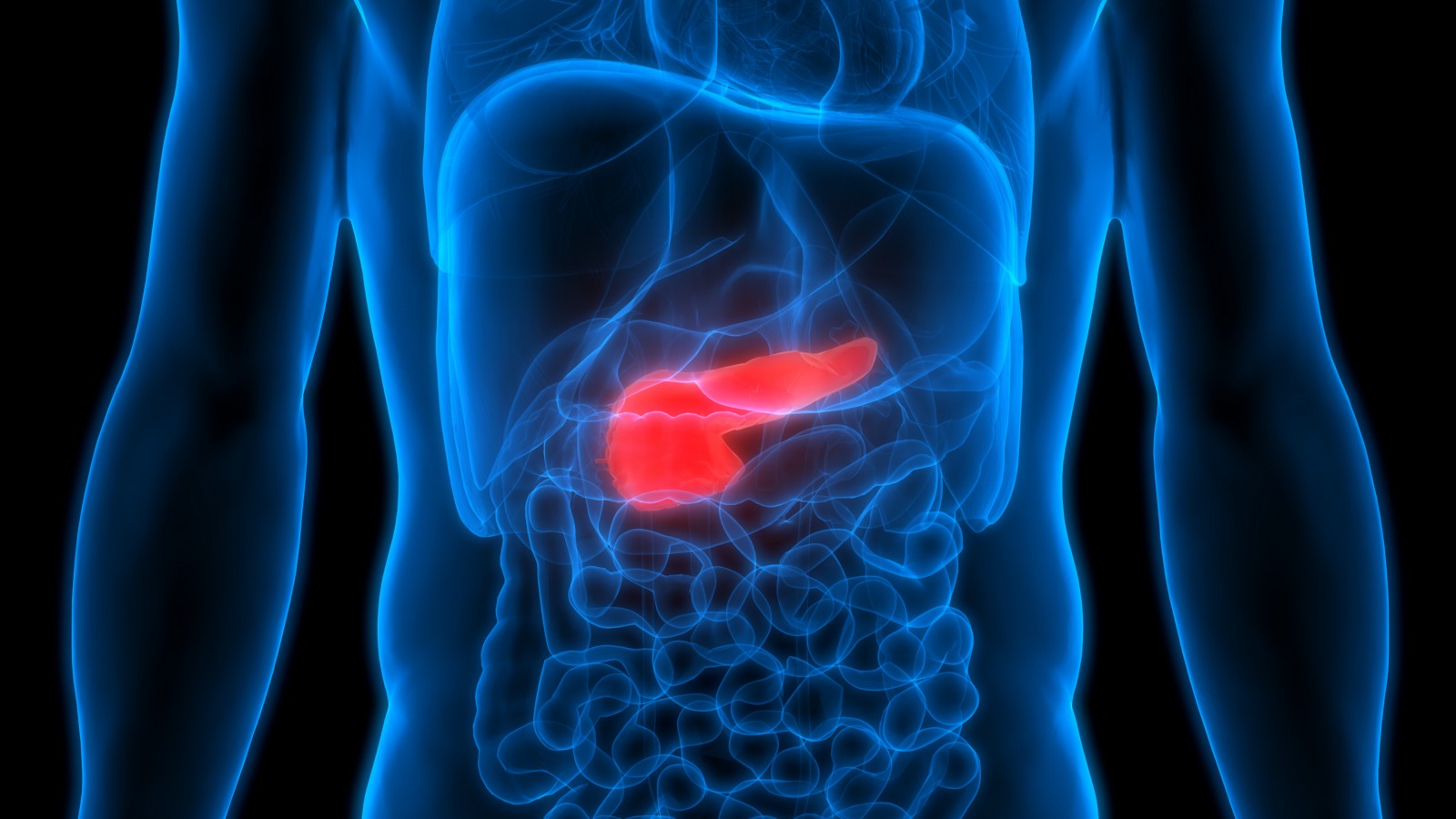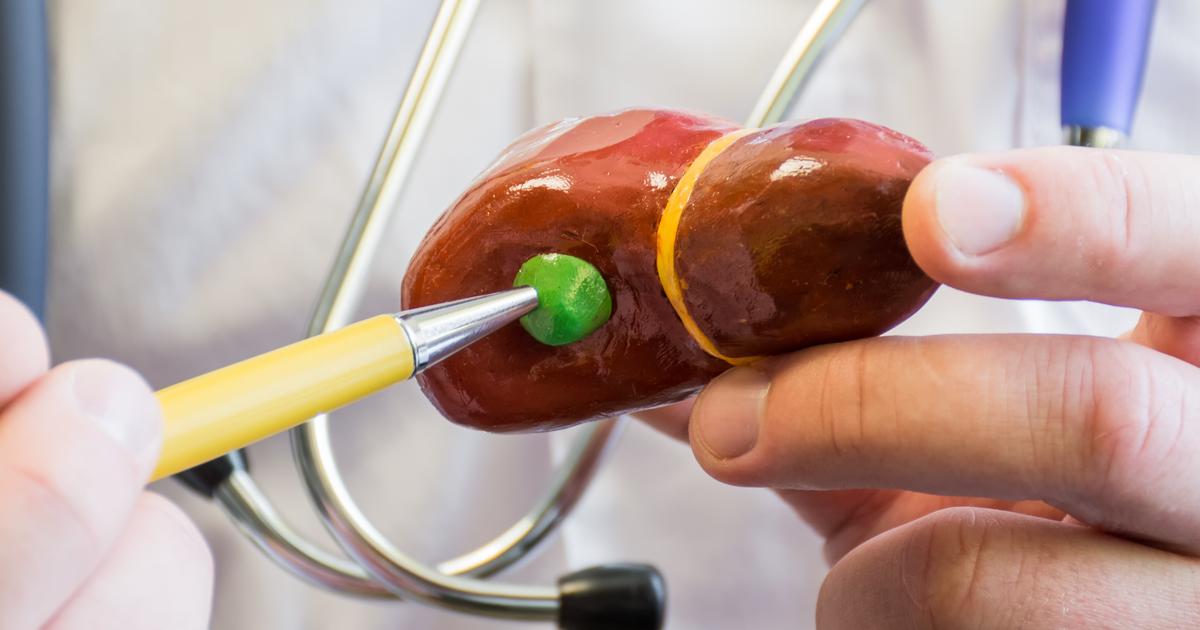Guide To The Conditions That Affect The Gallbladder
The gallbladder is an organ in the body that resembles a small pouch and is located just underneath the liver. The gallbladder is responsible for storing and concentrating bile, a substance that aids in digestion. When an individual consumes a meal, the gallbladder contracts and injects all of the stored bile into the small intestine for help with digestion. The gallbladder organ is not essential to an individual's survival and is not considered a vital organ. When an individual's gallbladder begins to do more harm due to disease or damage than it does good, the organ can be removed entirely without causing observable problems to their health. The centralized location of an individual's gallbladder causes it to be more susceptible to certain diseases and conditions known to spread from one organ to another or that cause other complications that affect the neighboring organs.
Get familiar with these conditions now.
Cholecystitis

Cholecystitis is a condition that occurs when an individual's gallbladder experiences inflammation. Most cases of cholecystitis are the result of the obstruction of the bile duct by gallstones. A tumor in the gallbladder that prevents bile from draining out of the organ can also cause cholecystitis. Other causes of cholecystitis include AIDS, viral infections, bile duct kinking, and blood vessel problems. Symptoms of cholecystitis include severe upper right abdominal pain, vomiting, nausea, fever, tenderness in the abdomen when it is touched, shoulder pain, back pain, and abdominal pain that worsens after consuming a meal. Diagnosis of cholecystitis is made with the use of physical examination, CT scans, endoscopic ultrasound, abdominal ultrasound, blood tests, and hepatobiliary iminodiacetic acid scan. Treatment of cholecystitis includes hospitalization, intravenous fluids, antibiotic medication, pain medications, fasting, and a surgical procedure to remove the gallbladder.
Keep reading to learn more about the conditions that affect the gallbladder now.
Gallstone Pancreatitis

Gallstone pancreatitis is a condition where a stone develops in the gallbladder and makes its way into the pancreatic duct, the tube where fluids from the pancreas flow to the small intestine to assist with digestion. These pancreatic enzymes are produced in the pancreas and then are activated a short time after leaving the gland so they can help digest food. When a gallstone moves into this duct and obstructs the flow of these fluids to the small intestine, they build up in the pancreas and become activated. These activated pancreatic enzymes are corrosive to tissues not protected by a layer of mucus, like the lining of the small intestine. This corrosion causes widespread and severe inflammation of the pancreas (pancreatitis). When pancreatitis is the result of a lodged gallstone in the pancreatic duct, it is referred to as gallstone pancreatitis. Symptoms of gallstone pancreatitis include fever, chills, nausea, jaundice, squeezing upper abdominal pain, and vomiting. Diagnosis is made with the use of blood tests, CT scans, MRIs, and ultrasound. Treatment may include fasting and surgical removal of the gallstone.
Read more about conditions that affect the gallbladder now.
Gallstones

When the solubility threshold for the contents of an individual's gallbladder has not been met, solid particles can form from the bilirubin, bile, and cholesterol in the gallbladder. These solid particles, which range in size from a grain of rice to a golf ball, are referred to as gallstones. There are two main types of gallstones: pigment and cholesterol stones. Pigment stones form when there is too much bilirubin content in the bile. Cholesterol stones form when the amount of cholesterol becomes too high in the bile.
Gallstones only produce symptoms when they grow large enough to cause complications with the normal operation of the gallbladder. Large gallstones can cause pain when the gallbladder contracts after a meal, and some gallstones can obstruct the flow of fluid from the gallbladder to the small intestine. An individual who has gallstones may experience vomiting, nausea, indigestion, bloating, fever, belching, intolerance of greasy food, and jaundice. Gallstones are diagnosed with a physical examination, blood testing, urine testing, x-rays, oral cholecystogram, and ultrasound. Treatment may include extracorporeal shockwave lithotripsy, medication to dissolve the stones, surgical removal of the gallbladder, and surgical removal of the gallstones.
Learn more about the various conditions that affect the gallbladder now.
Gallbladder Polyps

Gallbladder polyps occur when an individual has an abnormal tissue growth that features a stalk that grows inside of the gallbladder from its interior lining. Polyps that grow in the gallbladder can be malignant, but ninety-five percent of all gallbladder polyps are benign. The likelihood of malignancy presence in a gallbladder polyp increases as the polyp size increases. Polyps in the gallbladder that are greater than .75 inches in size have a high chance of being malignant, polyps greater than .5 inches have an increased risk of malignancy, and polyps less than .5 inches are rarely malignant. Symptoms of gallbladder polyps include vomiting, nausea, and occasional hypochondrium. Diagnosis of gallbladder polyps is made with the use of a physical examination, abdominal ultrasound, and endoscopic ultrasound. Treatment of gallbladder polyps relies upon how large the abnormal growths are and may include regular monitoring with ultrasounds, surgical gallbladder removal procedure, changes in diet, and prescription or over-the-counter pain medication.
Learn more about the different conditions that affect the gallbladder now.
Gallbladder Cancer

Gallbladder cancer is a malignancy in the tissues that make up the gallbladder. Gallbladder cancer occurs when one of the gallbladder cells incur a DNA mutation that causes it to grow and multiply uncontrollably. This malfunction leads to a growth of these malignant cells that is invasive to the healthy tissues around it and disrupts their normal function. Symptoms of gallbladder cancer include upper right abdominal pain, fever, jaundice, nausea, unintentional weight loss, and abdominal bloating. Diagnosis of gallbladder cancer is made with the use of a physical examination, blood testing, CT scans, MRIs, ultrasounds, and tissue biopsy. Exploratory surgery may be necessary for a physician to determine the extent of the patient's gallbladder cancer. Procedures that involve the injection of dye into the bile ducts like endoscopic retrograde cholangiopancreatography and percutaneous transhepatic cholangiography can also help with determining the extent of cancer. Treatment of gallbladder cancer may include a surgical procedure to remove the gallbladder and part of the liver, chemotherapy, radiation therapy, and clinical trials.